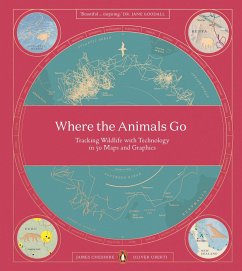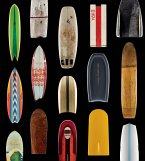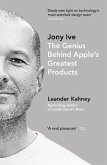'Turn the pages to revel in the techno-tracking that is revealing the secrets of animal lives. This is science at its best, the art of understanding truth and beauty' Chris Packham
Once tracking animals meant following footprints. Now satellites, drones, camera traps, cellphone networks, apps and accelerometers allow us to see the natural world as never before. For the first time, this book lets you follow the journeys of seals, sharks, elephants, bumble bees, owls and wolves all over the world. Open it, and go where the animals go.
'This is a special kind of detective story' New Scientist
'This book is beautiful as well as informative and inspiring. There is no doubt it will help in our fight to save wildlife and wild habitats' Dr Jane Goodall
'Beautiful and thrilling ... a joy to study cover to cover' E. O. Wilson
Once tracking animals meant following footprints. Now satellites, drones, camera traps, cellphone networks, apps and accelerometers allow us to see the natural world as never before. For the first time, this book lets you follow the journeys of seals, sharks, elephants, bumble bees, owls and wolves all over the world. Open it, and go where the animals go.
'This is a special kind of detective story' New Scientist
'This book is beautiful as well as informative and inspiring. There is no doubt it will help in our fight to save wildlife and wild habitats' Dr Jane Goodall
'Beautiful and thrilling ... a joy to study cover to cover' E. O. Wilson









